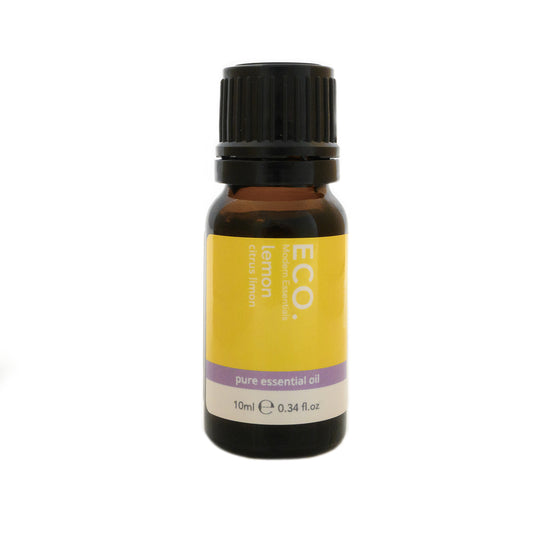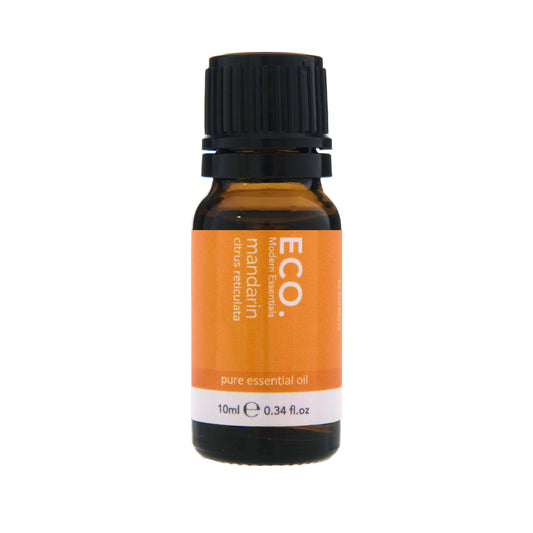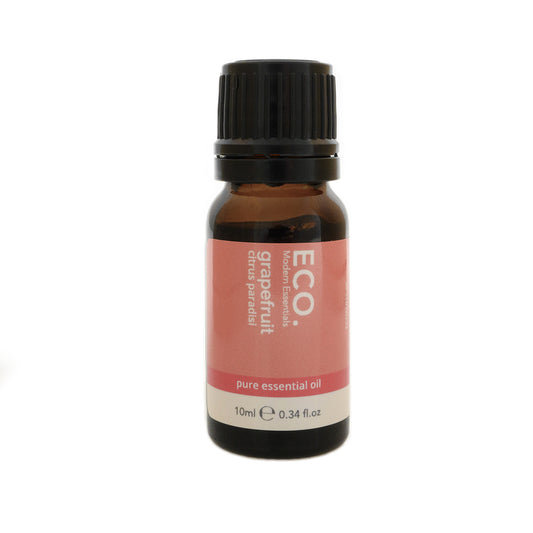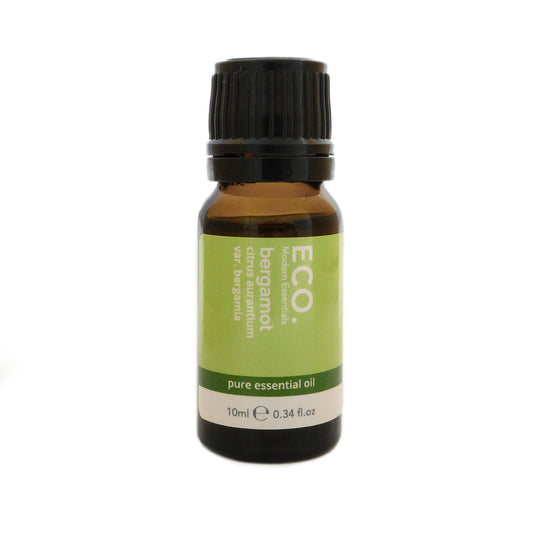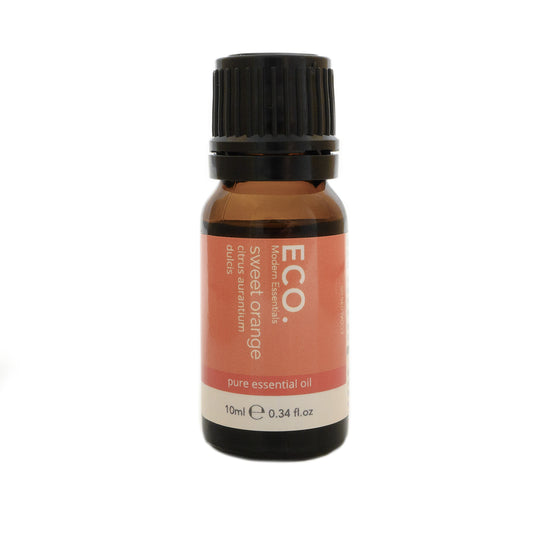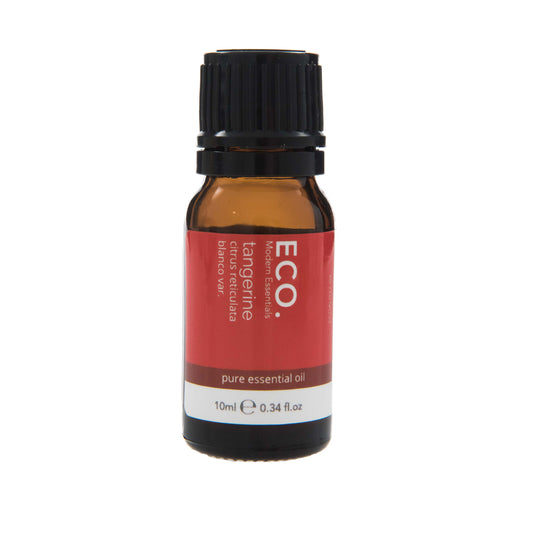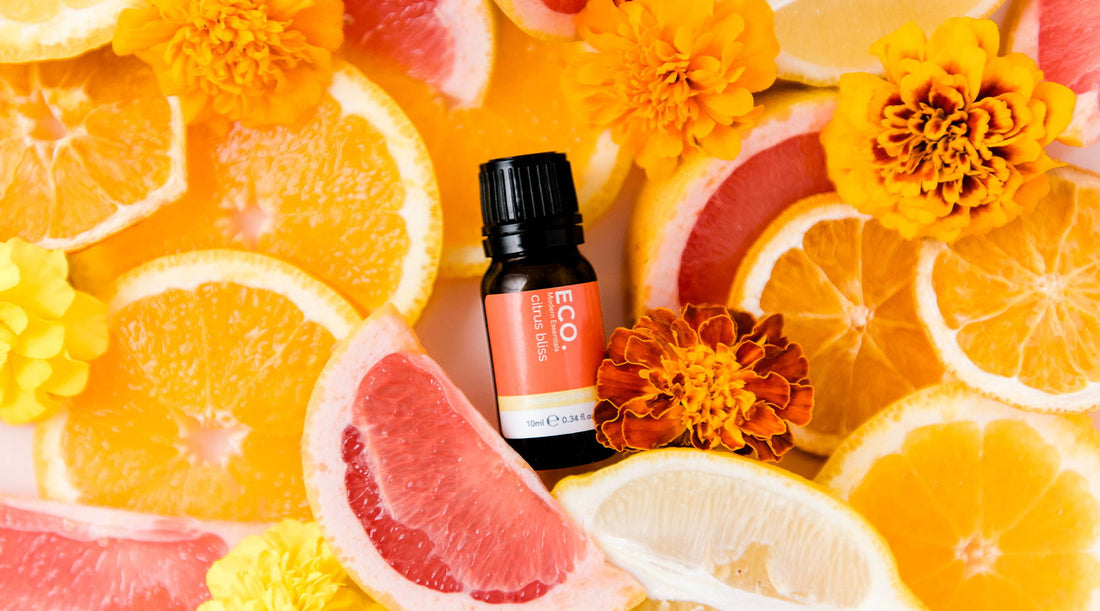
What are citrus essential oils?
Citrus essential oils most commonly known to us are Sweet Orange, Lemon, Mandarin, Lime and Grapefruit. Have you peeled a citrus fruit, like a Mandarin, and it turn into a complete sensory journey before you even take a bite. Or perhaps someone in the room comments that they can smell how amazing that Mandarin or Orange is. The scent in which you are picking up on is actually the essential oil itself within the rind of the fruit.
Where are citrus essential oils from?
Our citrus essential oils are sourced from all over the world wherever the plant grows best both climatically and seasonally.
- Citrus limonum (Lemon) oil - Argentina
- Citrus aurantifolia (Lime) oil - Peru, Mexico
- Citrus reticulata (Mandarin) oil - Argentina
- Citrus aurantium dulcis (Sweet Orange) oil - Australia
- Citrus aurantium var. bergamia (Bergamot) oil - Italy
- Citrus paradisi (Grapefruit) oil - Mexico, Spain
- Citrus reticulata blanco var. (Tangerine) oil - Brazil, Argentina
*subject to change due to plant supply, please see our Ingredients Glossary for most up to date Country of Origin.
How are citrus essential oils made?
Majority of citrus essential oils are produced via the cold pressed method. Little pockets of essential oil are located in the thick skin of citrus fruit. The essential oil is the plants way of defending the fruit from disease and other pests.
In the cold extraction process, the skin of the citrus fruit is cut by a machine. This method is used because citrus essential oils are sensitive to heat and evaoprate quickly.
Blending citrus essential oils
Blending essential oils is an art form that comes down to personal preference. There are many different approaches to blending - one concept is taken from traditional perfumers who divide scents up into top, middle or base notes.
Top note essential oils tend to come from the citrus family. A top note is usually the first thing you will notice about a blend. They tend to lift a blend and creative a lively, refreshing aroma. A top note will soar over the rest of the blend. These essential oils usually evaporate faster then others, so they are the first to fade. With this in mind, you might want to add more citrus oil to a blend to influence the overall character of a blend for longer.
What does Spanish Marjoram look like?
Spanish Marjoram is a perennial herb growing to over 60 centimetres high - a perennial plant is a plant that lives more than two years. It looks to have a hairy stem and small, silver-green downy leaves with tiny, pinkish white flowers.
What does Marjoram essential oil smell like?
With a warm, spicy, scent and a hint of camphor, Spanish Marjoram is what is known as a middle note and sits with the herbaceous types of essential oils.
What are the benefits of citrus essential oils?
There are so many ways to incorporate citrus essential oils and their benefits into yours and your families lives.
Lemon Essential Oil
The aroma of Lemon conjures up thoughts of cleansing, detoxifying and clearing. It is a lovely stimulating oil that can help clear emotional overload and revive fatigured spirits. It is a great addition for the office, classroom or study desk to help boost energy. A great digestive aid, Lemon essential oil may help support the circulatory system and lymphatic drainage which in turn may help reduce varicose veins or broken capillaries. A great addition to your DIY cleaning products due to its antibacterial, antiseptic and anti-infectious properties.
Lime Essential Oil
The clean fresh scent of Lime essential oil is uplifting and energising. A disinfectant and antiviral, Lime essential oil can be used for cleaning surfaces and diffused to help prevent cold and flu pathogens from spreading in the air. A great digestive and appetite stimulant for an overburdened digestive system and it can help support the body's detoxification processes by improving the liver and pancreas function.
Mandarin Essential Oil
Gentler then other citrus essential oils, Mandarin helps create a calm space for a peaceful sleep for both adults and children. Mandarin essential oil has antibacterial and antifungal properties and can be included in cleaning blends for the bedroom and living area. Great for oily skin complexions and stretch marks with regular application to the abdomen, hips and thighs.
Sweet Orange Essential Oil
Records of the medicinal use of Sweet Orange date back to anciet China, where it was used to alleviate digestive complaints. A stimulant to the liver and gallbladder, Sweet Orange may help to improve digestion. A warm and vibrant essential oil, it can melt a heart that has become cold with cynicism, disappoint and sorrow.
Bergamot Essential Oil
The early experimental use of Bergamot essential oil was in the rigorous conditions of mental health facilities, where it was found to be useful in relieving anxiety, depression and agitated states. The slight sharp yet citrusy and sweet scent of Bergamot's effects have been compared to being wrapped in a comforting blanket or drawing strecngth in the arms of a loved one. It is also beneficial to support immunity with it's antiviral, antibacterial and antiseptic properties.
Grapefruit Essential Oil
The lively scent of Grapefruit can help lift a depressed mood or re-energise after periods of heavy work, prolonged stress and feelings of exhaustion. Considered an excellent antiseptic, Grapefruit essential oil can be used as a surface disinfectant or in the diffuser to help prevent the spread of airborne germs. Great for oily complexions, congested skin and cellulite with stimulating actions on the lymphatic system.
Tangerine Essential Oil
Tangerine inspires a sense of playfulness and light-hearted spirit. It is a wonderful remedy for morning dread, stagnation or a melancholic mood. Tangerine has a similar disinfectant properties as other citrus' and can be used in a surface spray or diffused to cleanse the air and prevent airborne bugs from spreading.
How do you use citrus essential oils?
Some people love the bright, zingy aroma of citrus essential oils as it resonates with warm Summer months but citrus can most definitely be used all-year round to help lift any type of blend.
Diffuser: Add 6-8 drops of your favourite citrus oil to your diffuser and enjoy the uplifting aroma. As mentioned above, citrus essential oils are a top note and will evaporate faster, so get creative and add in some base and middle notes to help achieve your desired outcome.
Massage: Use a 2.5% dilution; 50 drops per 100ml of carrier oil. Massage into areas of tension, cramping or aching muscles.
Bath: Add 2-3 drops in a dispersant, such as a carrier oil or honey, to the bath and allow your aches and pains to melt away.
Hand or foot bath: Lemon is a great choice for hand or footh baths, rather then a big bath itself. Add 2 drops of essential oil to a bowl of water to restore warmth to hands and feet. Lemon essential oil is also help for nail infections or gout.
Compress: To a bowl of water, add 2 drops of essential oil. Agitate a face washer in the water, wring out excess moisture and apply face washer to the affected area. Repeat two or three times as the compress cools down or warms up to treat muscular complaints.
Steam treatment: Add 1-2 drops in the corner of your shower to help clear the mind or for respiratory complaints.
Contraindications of citrus essential oils
Citrus essential oils can produce an effect on the skin called phototoxicity. When applied to the skin and ecposed to direct sunlight, citrus oil can increase skin sensitivity to sunburn. It is best to use citrus essential oils at night, in a diffuser or steam inhalation.


